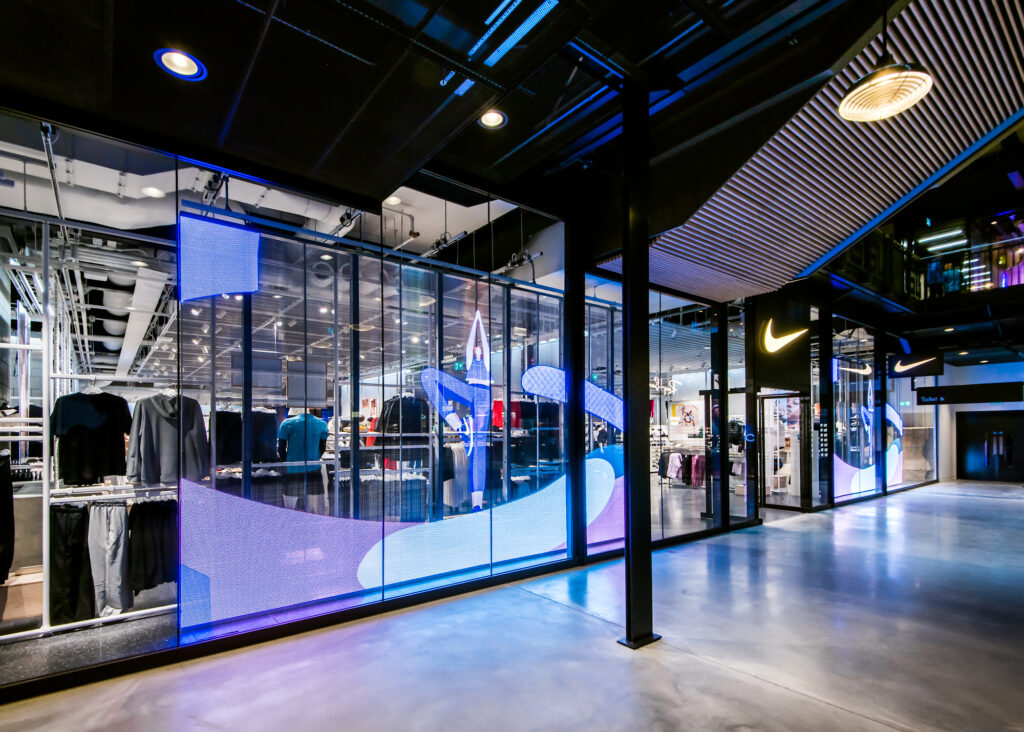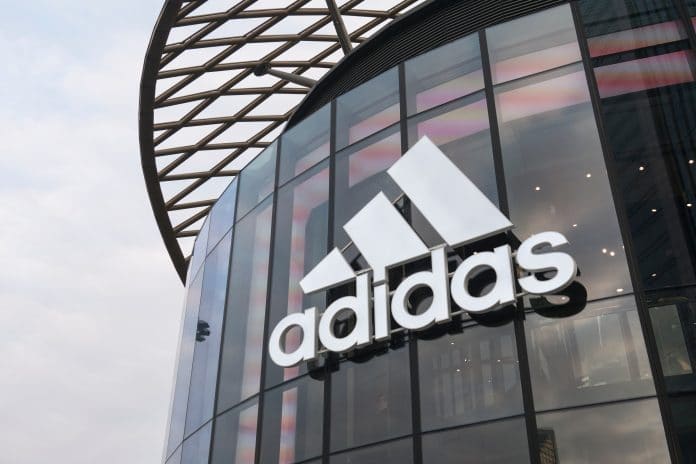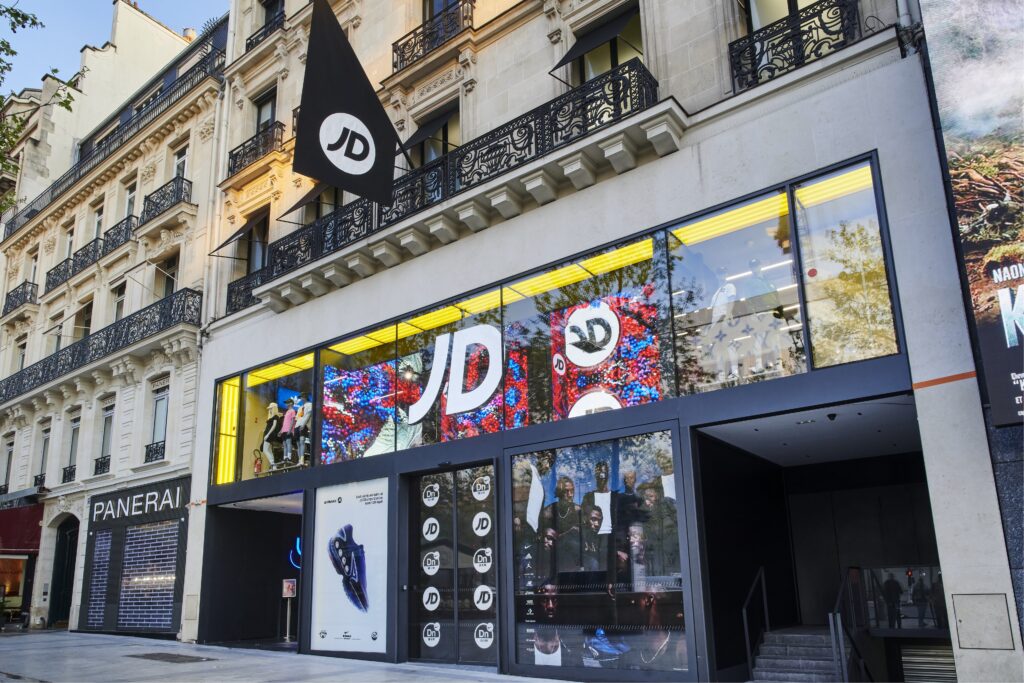Nike is the biggest sportswear brand in the world, fuelled by constant innovation, iconic products and dynamic marketing.
However, a growing reason for its success are its showstopping stores.
The sportswear giant has been pursuing a direct-to-consumer strategy since 2017 to drive more sales through its own channels. This has seen it cut ties with some retail partners, including Amazon, but also invest more in its own channels, including a raft of new store concepts.
The woman responsible for its retail efforts in the UK is ex-John Lewis executive Lucy Ramseyer.
The senior retail director, who joined from the department store in 2021, says a key driver of Nike’s bricks-and-mortar’s success is that consumers can interact with products in a way that they simply can’t do digitally and can benefit from expert advice.
“You can buy from us online and experience the efficiency and the effectiveness of that, but if you come into a Nike store, you’re speaking to someone who is, most likely into sport themselves.”
“When you come to our store, whether you are doing a first couch to 5k or you’ve decided to start sprinting or even a marathon, you’re likely to be speaking to someone that can speak your language and can say,’I did this, and let me tell you about it.’ That’s really powerful.
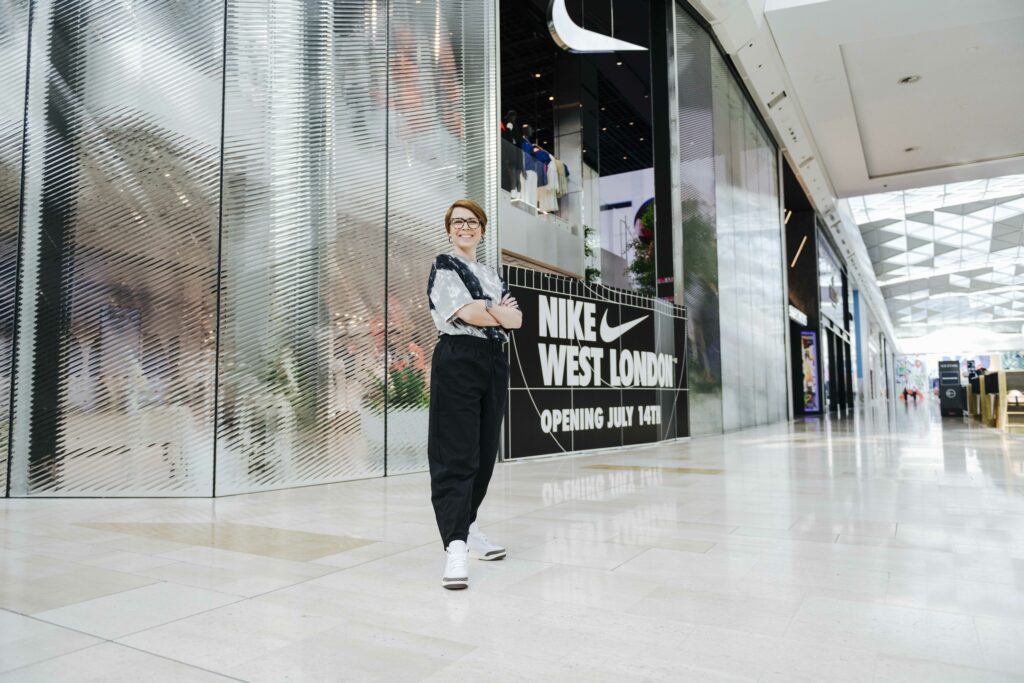
New Nike store formats
Nike has been rolling out new store formats across the world in recent years.
Back in July, it opened the doors to Nike Rise in London’s Westfield shopping centre, which uses real-time shopper data to create unique in-store experiences.
At the time Nike said the concept – it’s first in the EMEA region – set a new standard of retail, inspiring the athletes in London, which it called “one of the world’s most digitally connected markets”.
Ramseyer says the store’s digital focus sets it apart from other Nike stores. It provides an immersive experience and combines technology with real-life interactions from its shoppers.
Nike Rise launched a new digital storytelling platform Sport Pulse in the store, which enables real-time, responsive and localised sport stories.
In-store LED screens provide imagery, which is informed by data from Nike Training Club and Nike Run Club apps, and showcase real-time sport moments in London.
The store also features Inside Track Table, which Ramseyer says is her favourite feature in the store.
The interactive footwear comparison tool allows shoppers to receive reviews and real-time information of any pair of Nike footwear with just the touch of a button.
She calls it “the sweet spot” between digital and physical retail, where consumers can get great advice from athletes right in front of them but can also use digital to crowdsource information on specific products.
“We’ve really doubled down on the kind of digital interaction and understanding how to bring that into the consumer space as well,” says Ramseyer.
Currently London is the only city in the UK to house the new Rise format store, but Ramseyer confirms that it will be rolled out across the rest of the UK in time, emphasising that it recognises that demand for Nike is high across the whole of UK and Ireland.
Nike Rise isn’t the only new format store that the sportswear behemoth has opened in the UK of late.
Ramseyer has had a busy 18 months. She opened Nike Live King’s Road, the first store of its kind in the UK, which is designed to give a personalised experience for Nike members informed through insights they have shared via Nike apps.
She followed this up with its Nike Unite concept at the London Designer Outlet, a community-focused concept designed to help locals connect more closely with sport, with locally curated products reflecting the interests of the community.
More recently, the business has opened stores at the new Battersea Power station, and in Bromley and Kingston just this week – the brand’s fourth Live concept in the UK.
Ramseyer says that the business now has a whole set of concepts that make up the Nike ecosystem, which help it serve many different communities.
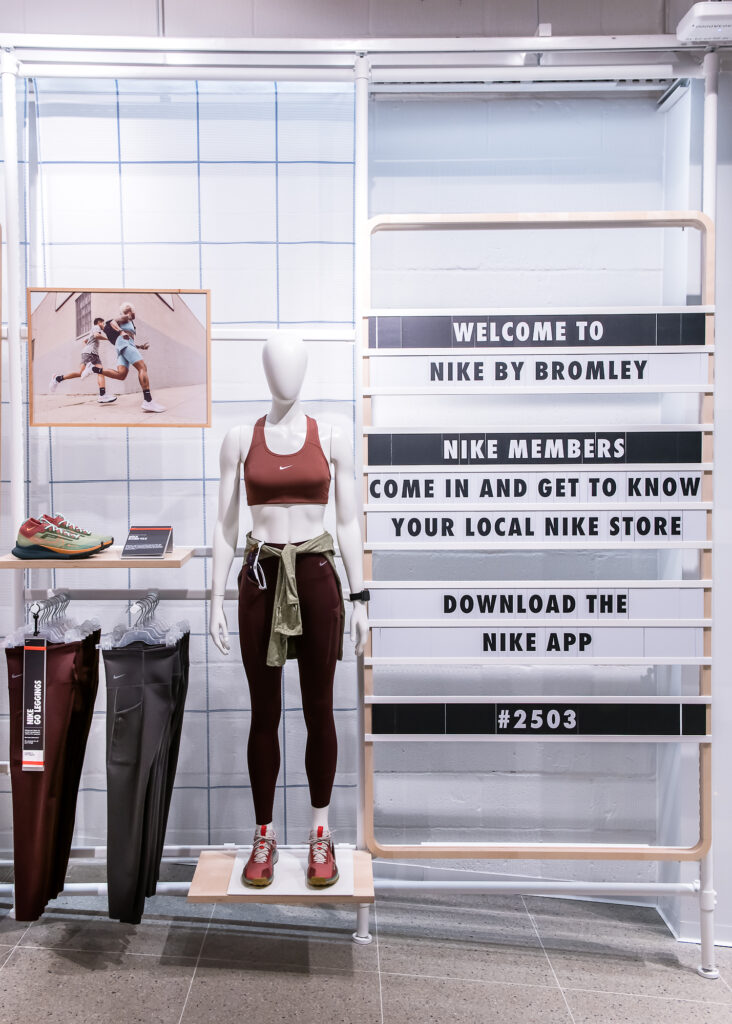
“What we are seeing is that people use each of the stores slightly differently, so it becomes a whole ecosystem. But we’re able to really tailor that experience to the consumer,” she says.
Keeping it local
Ramseyer says that its hyperlocal stores are “perhaps the most exciting” of all the new concepts. She explains that members of its apps can get involved in a range of activations based at their local Nike store.
It currently has a run club that goes out of its Kings Cross store, and has just started dance classes at its Bromley store, and boxing in Wembley.
At its new Battersea store, Nike has capitalised on the scenic riverside views by putting on running clubs, yoga and dance in the area.
“We try and do a variety across each location,” she says. “We’re starting to see that certain sports really resonate for that community. That’s really exciting because you start more of a relationship with these individuals.”
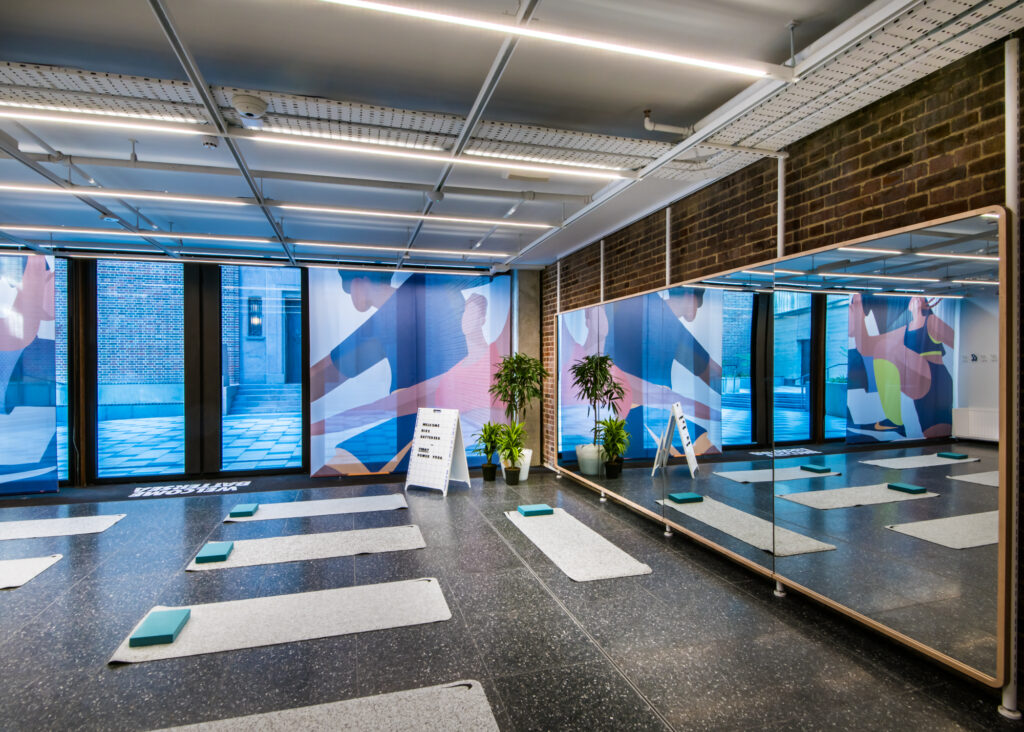
Winning over women
The new concepts have received stellar feedback from consumers across the globe and Ramseyer says they have been “really positive” for the brand.
Women in particular have been vocal about their love for the stores.
It’s no surprise – womenswear has been a strong focus in the new concept stores. Ramseyer says: “We know that there’s a real opportunity in the market for women to have more confidence in the sports marketplace”.
She says that it doesn’t matter which sports women choose to participate in, the basics are always “really critical to your confidence level” so offering a range of functional bras and leggings alongside in-store bra fitting service are key elements the retailer has pushed throughout its stores.
And it is getting more women into its stores.
“They’re coming to us for that service, for that expertise, to get that knowledge that you might not be able to get digitally,” she says.
Putting data at the heart of its stores
What is clear in many of Nike’s store concepts is the importance of data to the business.
The usage of Nike’s apps, such as Run Club and Training Club, but particularly its membership is critical, says Ramseyer as “the more we know about you, the more we can personalise that journey for you”.
“That’s where the horsepower innovation is,” she adds.
“We’re not creating stores for a consumer out there that we might have thought of, we’re trying to design innovative stores for the members that we already have.”
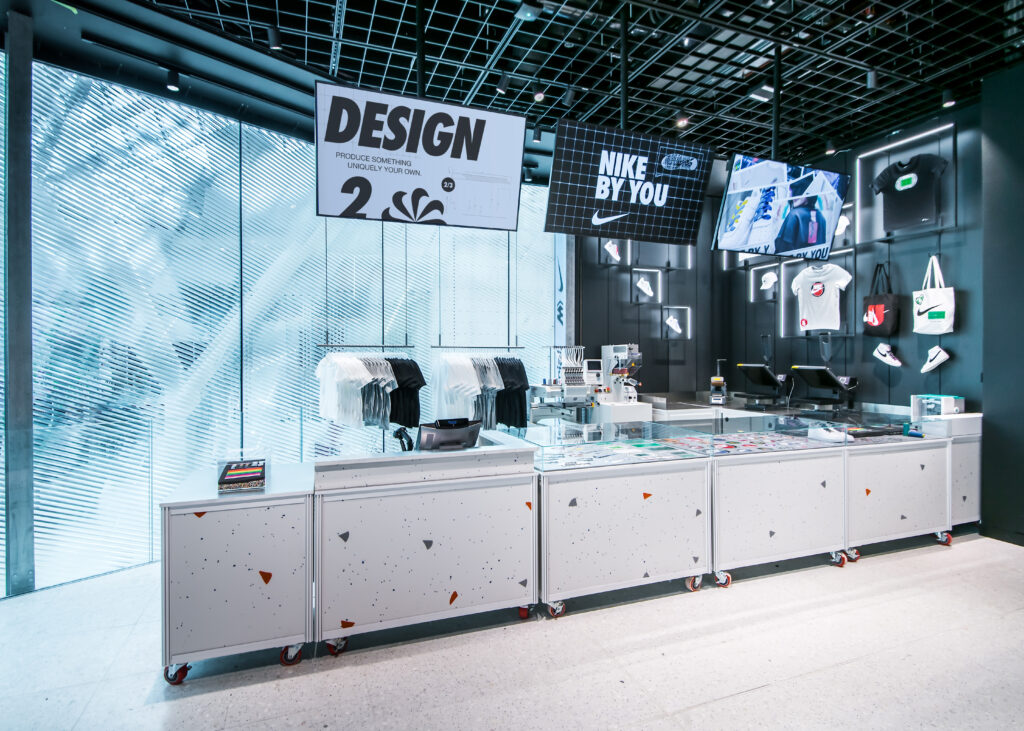
Through member data, Nike can gauge how consumers are feeling and use the insights to solve gaps, such as its bra fit service. It can also personalise product recommendations based on what it knows.
“Because you’re a member we know that you’re a marathon runner and can push products towards the appropriate shoppers. Those moments can keep us ahead of the trend,” she says.
Nike also makes use of data to help omnichannel shopping.
Consumers have a plethora of ways to buy products nowadays and are making purchases at home, on the tube on the way to work, or even online when in stores.
“It’s a very mature market in the UK and Ireland and people shop like that. So what we’re able to do is just make it easier for our consumers,” says Ramseyer.
The power of buying something online and picking it up in store, or bringing in purchases to exchange are “really critical” to shoppers and highlights the importance of inventory visibility.
“It’s not that sexy, but it’s really important,” she says, explaining how shoppers have the power go online and see that products are in stock across each store.
How is Nike‘s DTC push changing the business?
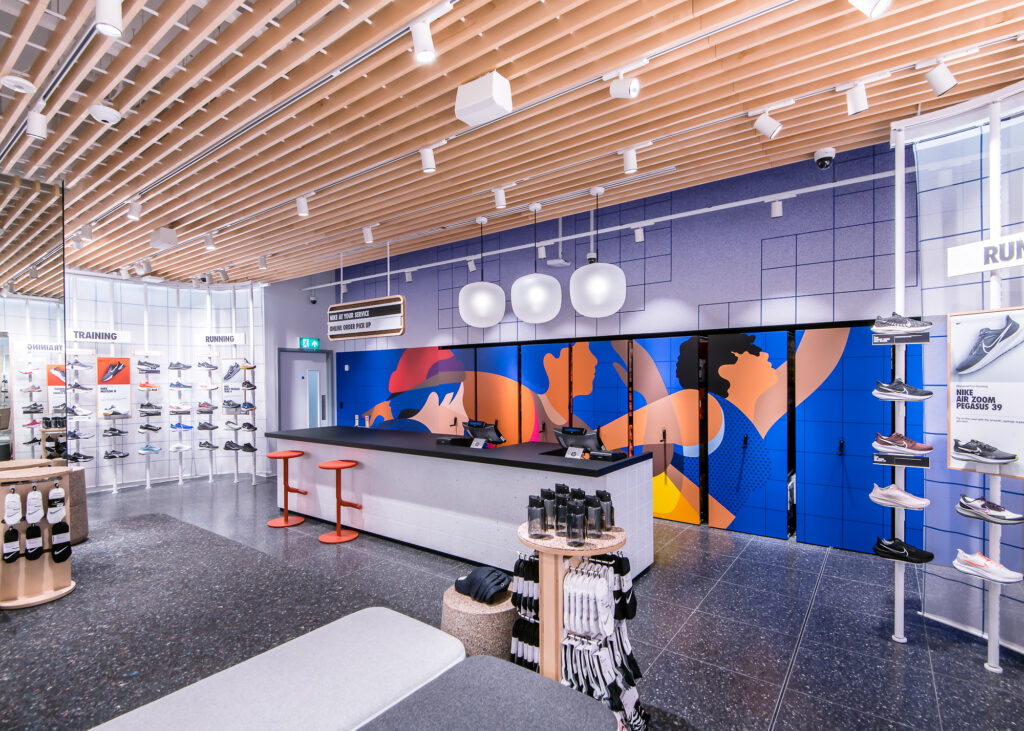
The sportswear giant has been switching to a more direct-to-consumer model after four years of reducing its number of retail partners and accelerating its direct sales.
Ramseyer says its store strategy is making it more convenient and accessible to shoppers.
“Having more stores where our consumers are is just critical to what we do,” she says, explaining they make it easier for shoppers to click-and-collect, return or exchange products.
“That just fits around your lifestyle rather than having to fit it around ours.”
Aside from convenience, Ramseyer says Nike’s own stores give shoppers “that added extra” through what she terms services, be it through the in-store classes or member promotions on offer.
“You feel like you’re part of something more and a part of that ecosystem,” she says.
However, this does not mean that customers will shop only via Nike’s stores or online and its retail partners are still a vital sales route.
“Our partners are as important to us as ever, because they’re important to our consumers,” she says.
In fact, she says that building a better relationship with the retailers it continues to trade through is “critical” as they “extend and validate the Nike brand”.
Regardless of how Nike shoppers choose to shop, it is determined to give them an experience that inspires and motivates, and creates another reason to love the brand.
Click here to sign up to Retail Gazette‘s free daily email newsletter

